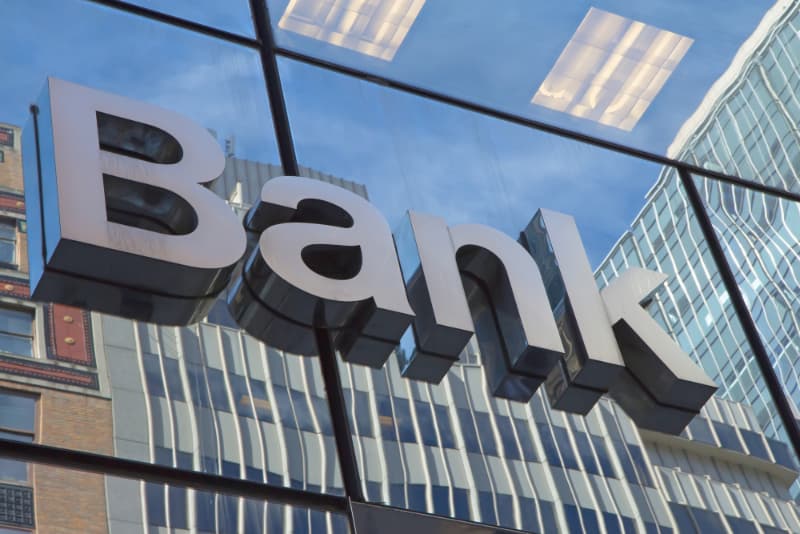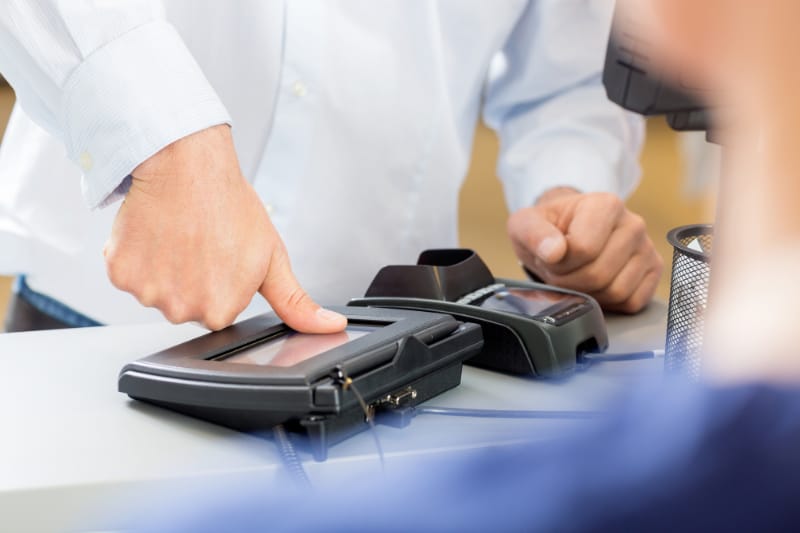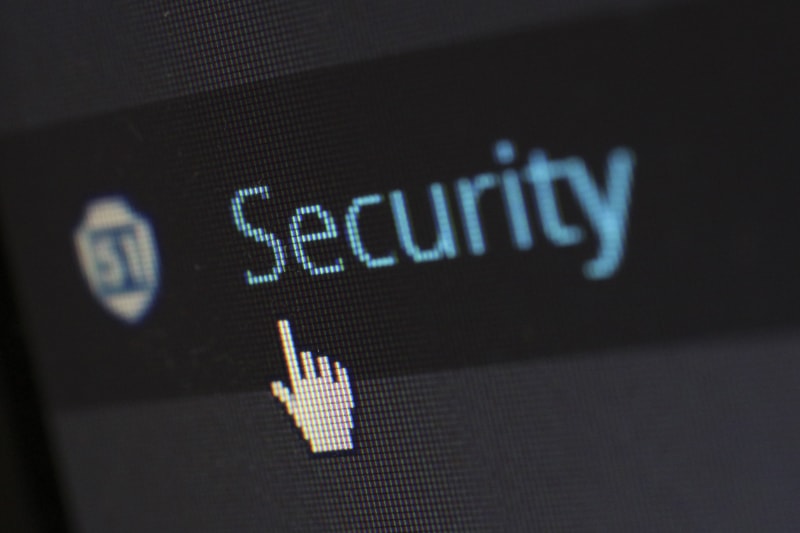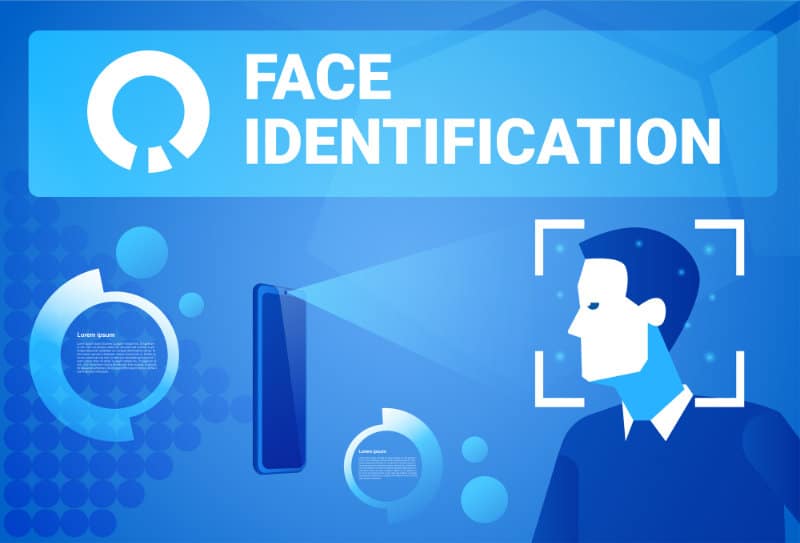Biometrics in banking may seem like a whole new ball game in the market, but the banking industry has been progressively replacing traditional security systems with biometrics technology. In fact, financial institutions around the world have either embraced or are in the process of adopting biometric technology such as fingerprint sensors, facial recognition, and voice recognition.
The Rise of Biometrics Technology in Banking

It comes as no surprise that the banking industry is moving forward towards the use of biometric technology. A lot of people prefer to use it over traditional means of authentication for safety and convenience reasons. It also provides excellent protection against identity fraud and theft, as stolen customer identities happen quite often.
Moreover, biometric technology is ideally suited for the banking industry because it protects banking users’ information and their identities. Banking customers do not have to remember multiple passwords or PIN numbers to access their accounts when a solution like biometric authentication allows them to access their accounts instantly. Let’s face it, who doesn’t love a quick verification?
Biometrics Technology Reigns Supreme With Exceptional Benefits

Biometric features are unique according to each person, and consequently, they are difficult to forge. After all, physical and behavioural biometrics are perceived as robust and convenient means of verifying one’s identity as banks have been victims of cyberattacks, time and again.
Be it the banks or customers; biometric technology brings a broad spectrum of benefits. It will undoubtedly give a competitive edge as stronger security increases trust and transparency.
Without any further ado, here are the benefits of using biometrics in banking:
Accurate identification
Incorporating biometrics in banking strengthens security and accountability for both users and banks. With this type of protection, biological characteristics such as fingerprints or sight scans are difficult to duplicate. It also lowers the risk of unwanted fraud which improves the banks’ brand. For example, a multi-factor authentication system, which is a combination of biometrics technology and password, can protect customer identities from being compromised.
Protection against fraud
Biometrics technology provides one of the most effective methods of authentication that protects banking customers’ information. It not only protects the customers’ identities when they are using digital banking services but also prevents insider fraud by establishing secure employee authentication.
Authentication
Security in ATMs is essential as well. With thousands using their cards to withdraw money and change their PIN numbers, biometrics technology provides the customers with the flexibility to perform transactions without bringing their bank cards. Customers do not have to worry about stolen or lost bank cards as well as avoid paying the liabilities.
Effects of Biometrics Technology: New Frontiers for Banking Security

The organisations in the banking industry from China, Japan, Singapore, and the United States such as the Bank of America are developing the use of biometric authentication. It’s clear that biometrics in banking is becoming more widely trusted and desired.
Fingerprint recognition conquers fraud
Still in the pilot phase, some financial institutions are rolling out payment cards that rely on biometric authentication. Instead of a PIN number or signature, the user can authenticate the card transaction using fingerprint recognition. This can help fight fraud and enhance security.
Mobile biometrics is also part of the cog in the wheel to access digital banking on apps and websites. Customers can use a fingerprint recognition through a touch id to scan their biometric blueprints to access their account.
Strengthen security in mobile devices
It is well established that mobile banking apps are very popular as many users prefer to perform mobile banking transactions on their phones than travel to a branch. Despite this fact, many people still have a lack of trust over the security of digital banking apps. To combat this concern, mobile biometrics is vital for safer banking experience.
Besides fingerprint recognition, facial recognition technology is also on track for growth across the banking industry. That being said, we at Intercorp present a Sense+ Facial Recognition solution that provides fast and responsive capabilities to instantly authorise users’ identities that create a safer and more personalised experience.
Fast and accurate identification
Effective, efficient and versatile are the characteristics of biometric security systems that allow banks to provide quick and accurate identification processes. It allows banks to easily track and monitor both staff and customers’ activities using biometrics technology to create authentic audit trails in banking transactions. What’s more, DBS has launched a Voice Biometrics System to authenticate customers in a matter of seconds. This will make the banking process more secure and hassle-free.
Potential Drawback of Biometrics in Banking

While the introduction of biometrics technology brings many benefits, unfortunately, it also comes with its own set of potential drawbacks that affect biometrics in banking. Biometric blueprints are permanent and therefore, cannot be changed if compromised. The unique nature of biometric identification and the fact that the biometric data is stored and encrypted in a secure location makes the data better protected. However, the risks surrounding this type of data are higher. After all, biometric authentication details cannot be nullified if something goes wrong.
Intercorp Solutions to a Better Future

At Intercorp, all systems are encrypted with 256-bit AES security to safeguard biometric data. At the same time, Intercorp hardware and systems are built with trusted security systems such as SSL certified applications to secure all data transmission through end-to-end VPN channels.
Moreover, the future of biometrics is bright, and banks should take this as an opportunity to provide such access so they can better position themselves against their competitors. Although this adoption will take a slower course in the next couple of years, we know for sure there will be a greater roll-out of biometric technology as a means of verifying customers and employees.
Biometric authentication has captured the interest of digitally-empowered banking consumers. From lesser fraud incidents to higher accuracy and convenience, biometric technology has brought in a new dimension to banking on the go.
Final Thoughts
To conclude, biometric technology can empower banks with the highest level of authentication methods to inspire loyalty and convenience. It also guarantees the security, safety, and reliability in banking systems. Biometric technology equips organisations in the banking industry with another layer of defense against cyber hackers while simplifying the customer experience journey.
If you are interested in using biometrics technology or curious to learn more about how our solutions can safeguard your bank, contact us.
